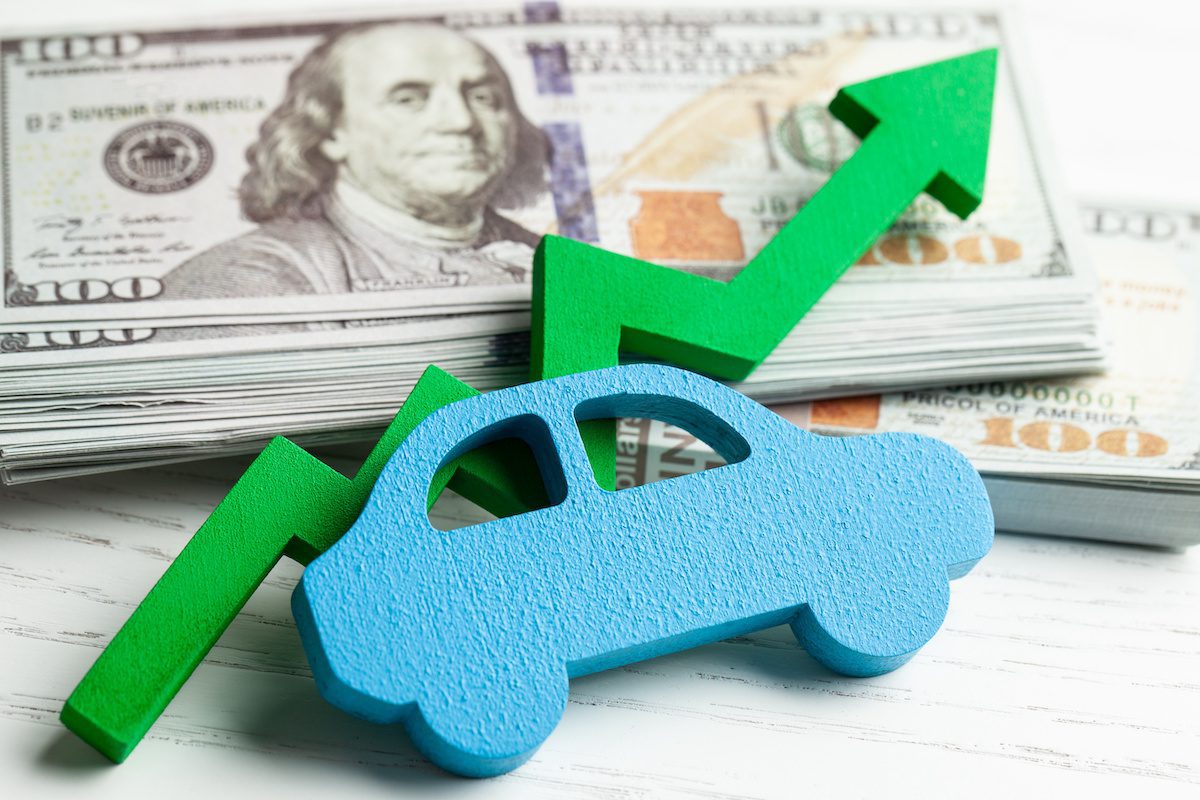
Key Takeaways:
- Car insurance costs can be impacted by various factors, both personal and environmental.
- Determine if your premium increase is due to personal changes or larger industry trends.
- Consult with your insurance provider to understand the changes and explore cost-saving options.
In a world where uncertainty reigns supreme, the intricacies of rising car insurance costs can leave many bewildered when faced with unexpected premium hikes.
This surge often occurs without a clear cause, such as accidents or vehicle incidents. Grasping the forces driving these adjustments is vital in today’s economic climate. There exists a multitude of reasons behind escalating car insurance rates, so let’s delve into the myriad factors influencing these expenses.
The Influence of Market Trends on Insurance Rates: Breakdown
First, let’s demystify the market dynamics behind why car insurance goes up.
The car insurance industry operates within a broader context. Apart from individual driving behaviors and vehicle modifications, economic and industry-specific trends significantly impact insurance rates. Elements like inflation, healthcare cost changes, and advancements in car technology play pivotal roles. These factors collectively contribute to insurance companies’ operational costs, which are later passed on to consumers.
Car insurance premiums can rise for several reasons. Here are key points elucidating why this increase might occur:
- Claims History – If you have a track record of insurance claims, insurers might consider you a higher risk, warranting premium hikes.
- Traffic Violations – Tickets for traffic violations can signal risky driving behavior, leading to increased premiums.
- Credit Score Changes – Insurers often use credit scores to determine premiums, with lower scores indicating riskier behavior and higher costs.
- Age and Experience – Young and new drivers face higher premiums due to lack of experience and higher accident rates.
- Location Changes – Relocating to areas with higher risk factors can result in increased insurance expenses.
- Changes in Coverage – Adjusting coverage limits can impact premiums by transferring more risk to the insurer.
- Insurance Company Adjustments – Companies may adjust rates based on overall loss experience or market conditions.
- Vehicle-Related Factors – Car repair costs, theft rates, and performance can affect insurance costs.
- State Regulations – Changes in state laws can influence coverage requirements and premiums.
- Inflation and Economic Factors – Economic inflation can affect insurance premiums, as repair and medical costs escalate.
Understanding these factors empowers you to make informed car insurance choices and potentially find ways to lower premiums. Now, let’s explore these areas in more depth, from personal to industry-related factors.
The Hidden Influences on Your Insurance – Personal Elements
Personal circumstances like credit scores and driving histories can drive insurance costs upward.
Often overlooked, personal factors such as age, credit history, and driving records significantly impact insurance premiums. A slight credit score decrease or minor traffic violation could unexpectedly raise your rates.
This section delves into how insurance companies assess these personal factors to determine risk and pricing. Various personal elements play into premium adjustments, allowing insurers to gauge the likelihood of claims and adjust rates accordingly.
- Age – Younger and older drivers are often deemed higher risk due to experience and reflexes.
- Gender – Traditionally, men were seen as higher risk, but this perception is evolving.
- Driving Record – History of accidents or violations can lead to higher premiums.
- Marital Status – Married individuals often receive lower rates due to statistically safer behavior.
- Occupation – High-risk jobs can elevate premiums, while some professions receive discounts.
- Type of Vehicle – Expensive, powerful, or rare vehicles usually cost more to insure due to repair costs and safety features.
- Credit History – Insurers use credit scores as an indicator of responsibility affecting premiums.
- Claims History – Multiple claims suggest higher risk and higher premiums.
- Change in Discount Status – Changes impacting discounts can lead to premium adjustments.
Each insurance company weighs these factors differently, and regional regulations can vary, influencing their application. Monitoring costs and discussing changes with your agent is advisable.
Geographic Influence on Insurance with Location-Based Variations
Location significantly impacts auto insurance premiums, with risk levels varying by area. Factors such as crime rates and natural disaster susceptibility influence insurance costs.
Urban areas typically bear higher risks of accidents and theft, translating to elevated premiums compared to rural regions. Geographic factors play a pivotal role in determining insurance expenses.
Climate change and extreme weather patterns are increasingly affecting insurance rates, highlighting the need for heightened risk assessment nationwide.
The Impact of Policy Adjustments and Coverage Changes
Changes within your policy itself can cause premium increases. Opting for additional coverage or lower deductibles can raise insurance costs significantly.
Understanding Broader Influences on Insurance
External factors like legislative changes and insurer financial health can also lead to insurance premium hikes.
These broader influences directly influence vehicle insurance costs:
- Weather and Environmental Factors
- Political and Legislative Changes
- Economic Factors
- Road Conditions and Infrastructure
- Insurance Fraud
Understanding these external factors helps anticipate premium changes and potentially mitigate increases by enhancing vehicle security or choosing safer locations.
What Can I Do If My Car Insurance Goes Up?
If your premiums increase, explore these steps to find lower rates.
1. Apply All Applicable Discounts
Ensure you benefit from all eligible discounts offered by your car insurance provider.
2. Trade Data For Discounts
Some insurers offer discounts for sharing driving data using telematics devices.
3. Raise Your Deductible
Consider increasing your deductible if you can afford it, as it can lower premiums.
4. Pay-Per-Mile Policies
Opting for usage-based insurance policies can be cost-effective for low-mileage drivers.
5. Shop Around
Compare rates from different insurers to ensure you are getting the best deal.
Summing Up the Interconnected World of Car Insurance Costs
Understanding the multifaceted reasons behind car insurance rate increases is essential. From personal factors to global economic trends, various elements shape insurance premiums.
Acquiring this knowledge empowers informed decision-making and prepares for potential premium changes. Navigate these complexities with insight and visit einsurance.com to compare insurance rates and secure the best car insurance deal.








